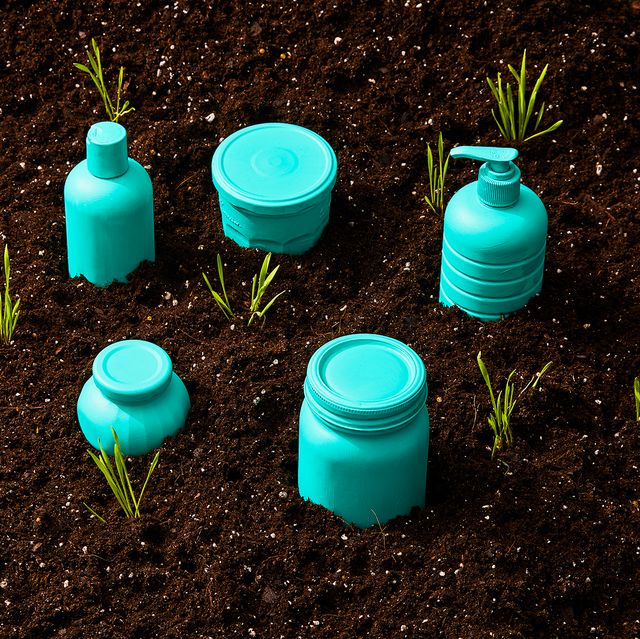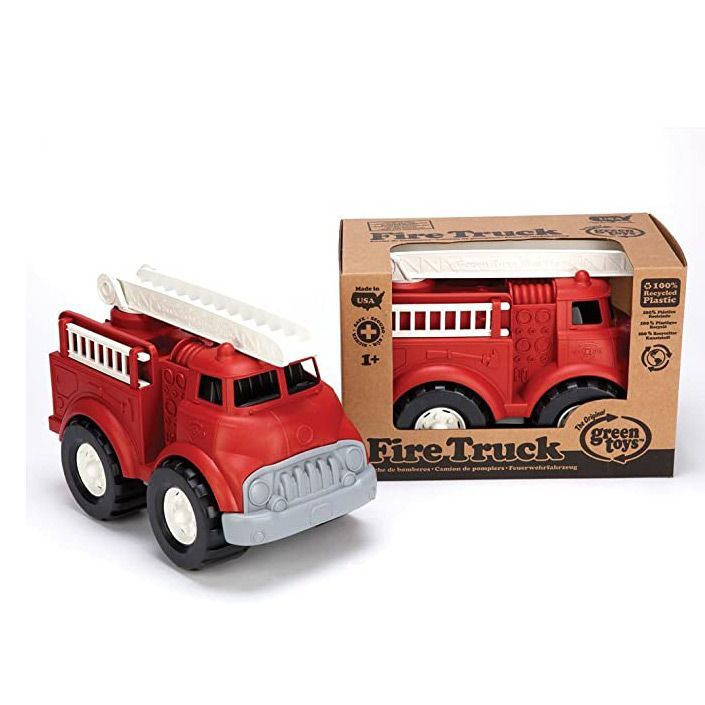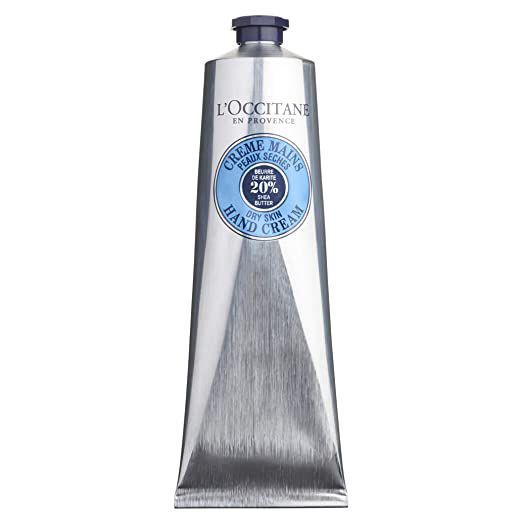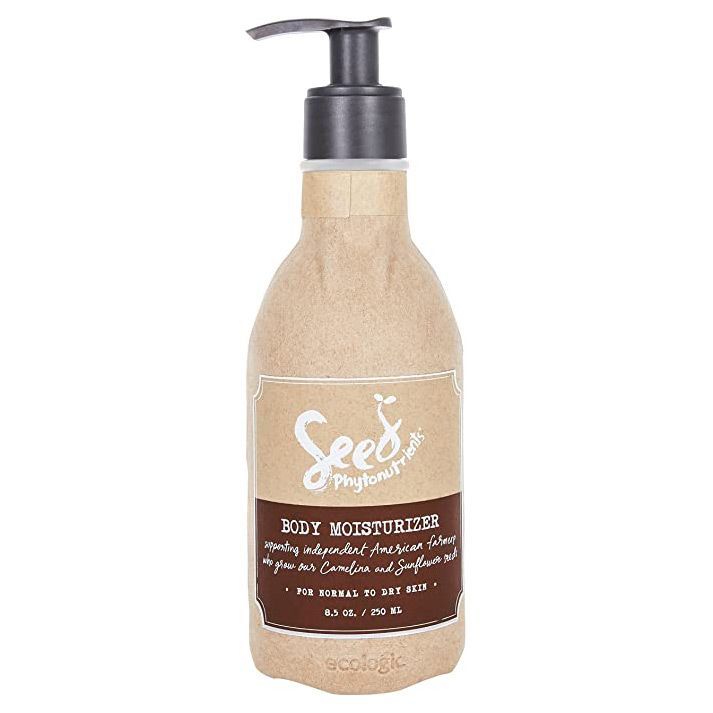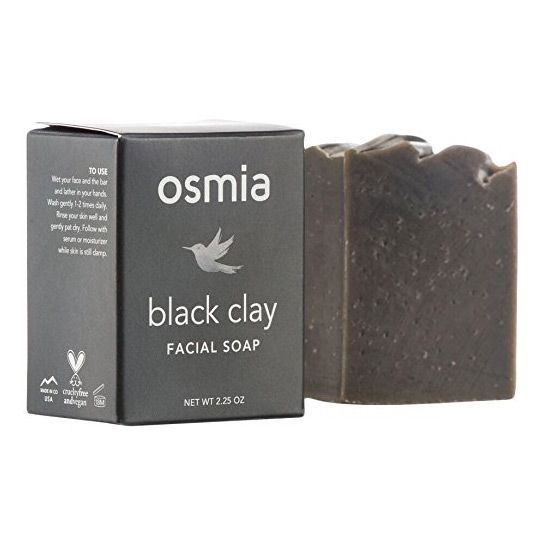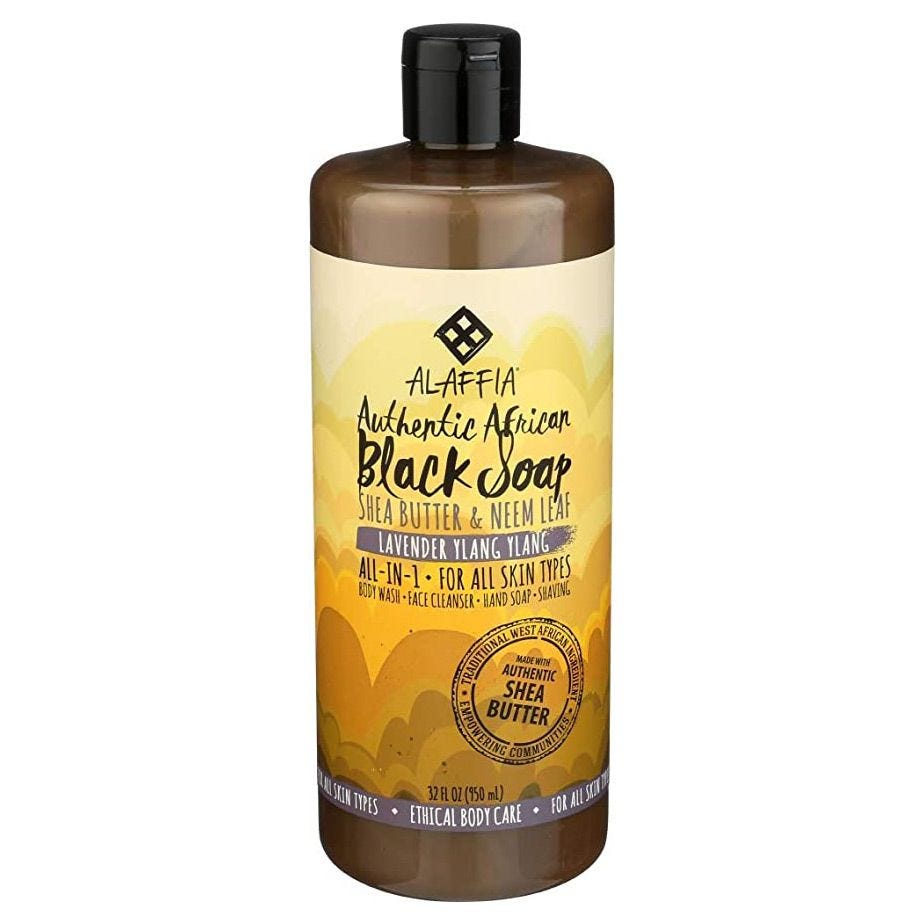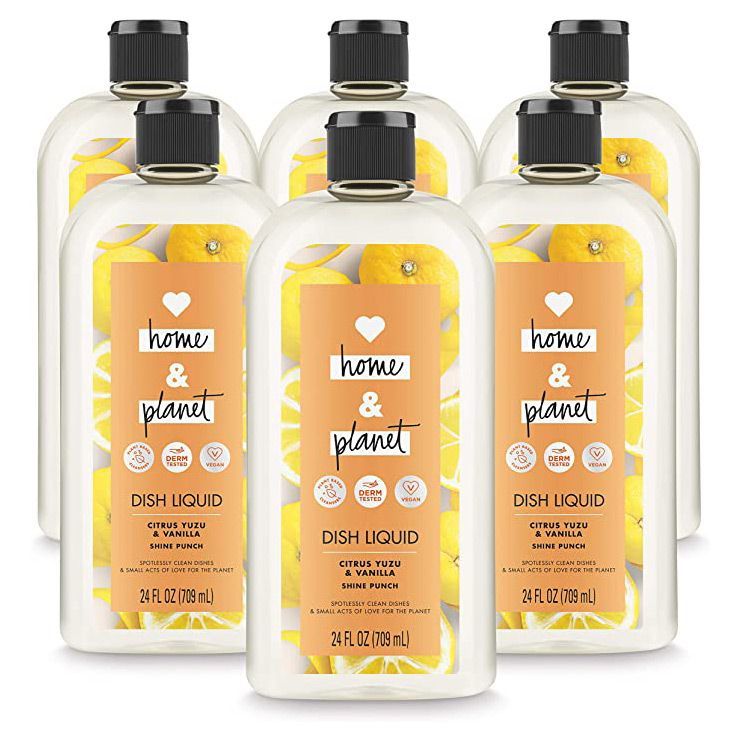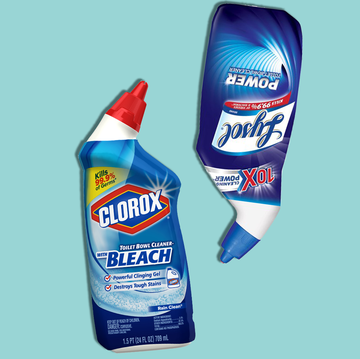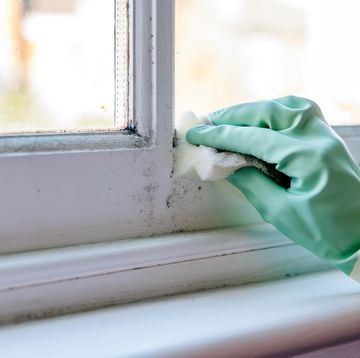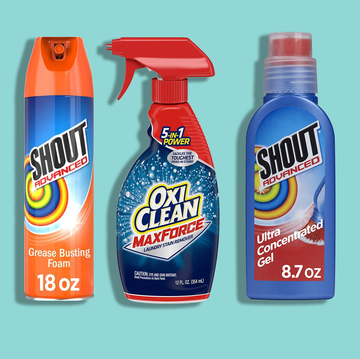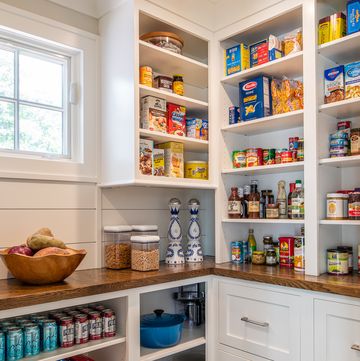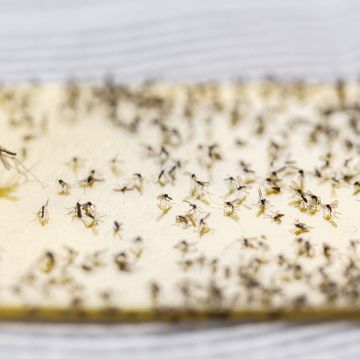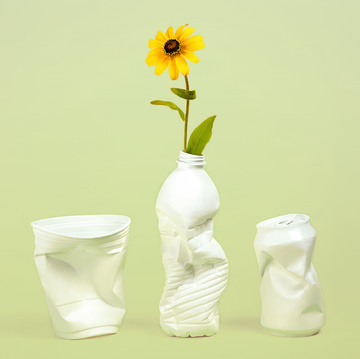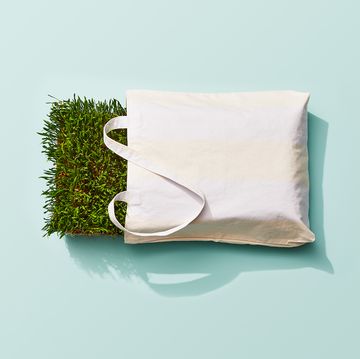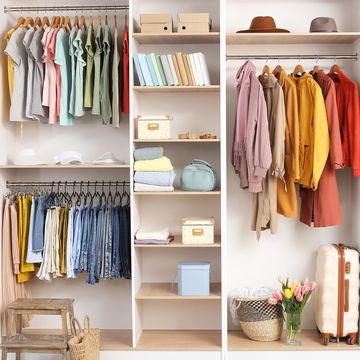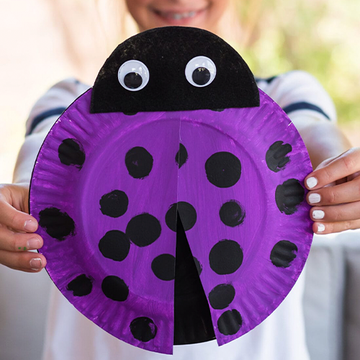When seeking out sustainable products, you may only be thinking about the physical product itself — but how a product is packaged is just as important. Many forms of packaging cannot be recycled or reused and end up in landfills or the ocean. Even recyclable plastic packaging is often not enough, as 91% of plastics aren’t recycled, resulting in 25 million tons being dumped into the ocean each year.
Nearly 30% of municipal solid waste is packaging and containers, contributing to a massive carbon footprint. Many products are packaged with too much material that can only be thrown in the trash, but "eco-friendly packaging" refers to alternatives to standard packaging that can easily be recycled, reused, or has other environmental benefits.
The Good Housekeeping Institute launched our first-ever Sustainable Packaging Awards last year to draw attention to the environmental aspects of a product's packaging. Packaging is an important part of how a product is protected and how easy it is to use: We have always considered the efficiency of packaging and clarity of instructions as part of our product reviews, but for the Sustainable Packaging Awards, GH scientists and industry experts assessed 190 products' packaging based on materials, recyclability, design, minimalism, efficiency, and innovation. We awarded products that rose to the top based on our judges' scores and ensured that the products with the highest packaging scores met our Institute's effectiveness criteria — we would not endorse a product that does not work, no matter how sustainably packaged.
What is the most eco-friendly packaging?
We know that between greenwashing claims and confusing industry terms and regulations, it can be difficult to find what products are actually eco-friendly or sustainable. Here's how to find the best eco-friendly packaging and ways to make more sustainable choices when shipping products:
- Reuse as much as possible. First and foremost, cut down on the amount of packaging you're consuming. We recommend collecting tissue paper, wrapping paper, and shipping envelopes to reuse when needed. Save cardboard boxes from online orders. Even if they break down during travel, the pieces can be used as cushioning material.
- Remember that the less material, the better. Lighter weight materials can mean less CO2 emissions during transportation and production.
- Know that paper is a great packing alternative to plastic as it is recycled more commonly and is biodegradable. Ideally, look for cardboard and paper that is uncoated and unwaxed instead of bubble wrap.
- Biodegradable packing peanuts are made of potato and corn starch instead of styrofoam, so they will break down when thrown away when standard packing peanuts will not.
- Corrugated cardboard is a great replacement for plastic containers. It can easily be reused and recycled.
How to spot eco-friendly packaging when shopping in stores
Beyond shipping and mailing, you can also help to reduce your carbon footprint by shopping for products that are packaged sustainably. Here's what to look for when shopping:
✔️Prioritize packaging with recycled content. Repurposing old materials is a great way for a brand to reuse previous waste.
✔️Seek out recyclable materials that can be easily recycled curbside at home. It's a good idea to be familiar with recycling symbols too. Here are common recyclable materials:
- PET (polyethylene terephthalate)
- HDPE (high-density polyethylene)
- LDPE (low-density polyethylene)
- PE (polyethylene)
✔️ Look for “zero-waste packaging,” meaning the product’s packaging gets returned to the manufacturer or a third party to be cleaned and refilled or upcycled instead of thrown away. A great example: Loop x Ulta partnership, which essentially rents out packaging to consumers who purchase beauty products online. The products are delivered to your doorstep in a fully reusable Loop Tote, and when you’ve used up the product, empties get picked up in the same tote and shipped back to Loop to be cleaned and reused. There's a small deposit fee for the packaging when you order the product (it's reimbursed upon the packaging's return), and the flat $10 shipping fee also covers the return of the empty containers.
✔️Avoid mixed-material packaging. If you see something packaged in multiple types of materials such as paper and plastic, remember this makes recycling difficult. You may be able to recycle each component, but you'll have to separate them first.
✔️Shop for clear glass which can be recycled, while colored glass cannot.
✔️Opt for aluminum and steel like soda cans and canned food that can easily be recycled curbside.
✔️ Avoid products with secondary packaging such as plastic ties, cardboard dividers, and packing, as many cannot be recycled.
✔️Shop simple packaging. Less coloring on the box and labels makes recycling easier.
✔️Look for refillable containers. Some products are designed so you buy packaging once and then continue to refill it over and over instead of rebuying and tossing the same product.
✔️Only buy cosmetics with primary packaging, which means no additional waste from tossed boxes or plastic packaging. A simple seal to ensure the product's integrity is all you need. Avoid packaging with pumps, droppers, and pressurized aerosol cans: None of these can be easily disposed of.
✔️Shop "naked" food. Flexible plastic wraps, films, and Styrofoam cannot be recycled or reused, so instead, look for minimal, recyclable packaging like Loop. Alternatively, shop for groceries in bulk and bring your own reusable containers.
✔️Use organic fabric reusable bags to replace single-use plastic bags while shopping. You can use them over and over again, cutting down on unnecessary waste.
✔️Buy clothing from sustainable fashion brands or better yet, buy secondhand from local thrift stores and online programs such as ThreadUp or Poshmark to reduce environmental impact.
Emma Seymour (she/her) is a senior product analyst at the Good Housekeeping Institute's Textiles, Paper and Apparel Lab, where she has led testing for luggage, pillows, towels, tampons and more since 2018. She graduated from Cornell University with a bachelor of science in fiber science and apparel design and a minor in gerontology, completing research in the Body Scanner Lab on optimizing activewear for athletic performance.
Birnur (she/her) led the Beauty, Health and Sustainability Lab at the Good Housekeeping Institute from 2007 to 2023. In addition to overseeing product testing and GH Seal applications, she conducted our annual Beauty Awards selection process and was an active leader in GH’s green initiatives, including the Sustainable Innovation Awards and Raise the Green Bar Summit. In addition to earning M.Eng. and Ph.D. degrees in chemical engineering, she also has a professional certificate in sustainability management from Columbia University.
